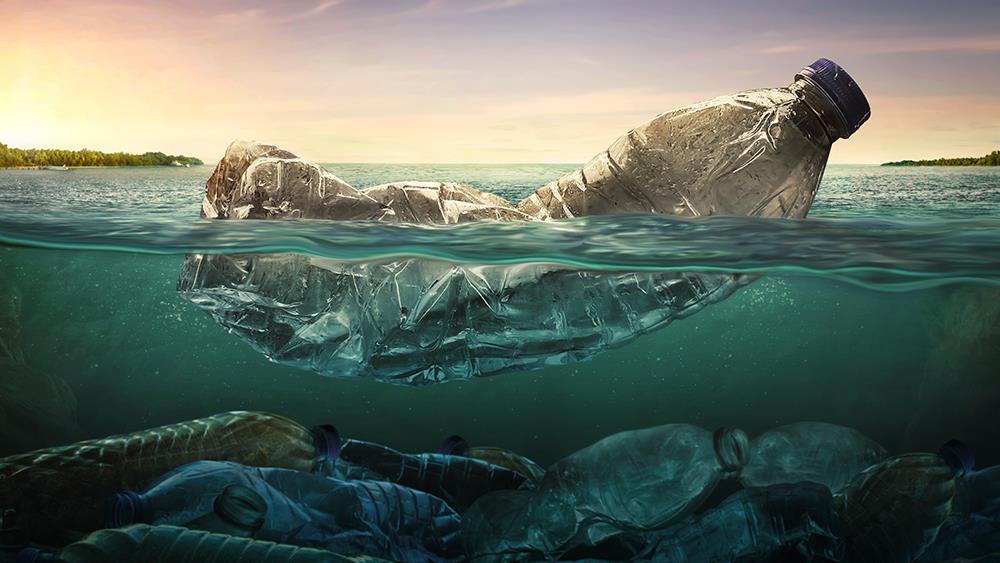

Chris Burrows, ERA’s Head of Sales for Distribution and Smart Security, discusses the fast approaching deadline for the new Plastic Packaging Tax and answers key questions on the implications for distributors and manufacturers.
What is the new Plastic Packaging Tax and how will it affect UK businesses?
Set to be enforced from 1 April 2022, the UK PPT aims to increase the use of recycled plastic in packaging by around 40%, equating to carbon savings of almost 200,000 tonnes in 2022-23.
Impacting around 20,000 manufacturers and importers of plastic packaging, the tax is the Government’s latest initiative to reduce the use of new plastics, while simultaneously increasing plastic recycling.
Levied at £200 per metric tonne of plastic packaging that contains less than 30% recycled plastic, the new tax has significant implications for merchants and distributors who import over 10 metric tonnes of plastic throughout a 12 month period. Civil and criminal penalties will be applied for businesses that fail to register, file returns or complete payments. Packaging that is not predominantly plastic by weight will be excluded from the tax.
Companies operating under the 10 metric tonne threshold will need to maintain a record of the frequency and weight of plastic being imported, to evidence to HMRC that they are operating below the tax threshold.
So which types of packaging use the highest quantity of plastic and what steps are manufacturers taking to reduce the plastic content?
One of the main types of plastic packaging currently being reviewed by manufacturers to ensure it complies with the PPT is the clear clamshell. Providing a hygienic and waterproof environment for products, while being cheaper to transport due to its light weight, this type of packaging has been extremely popular with both manufacturers and distributors for decades.
Enabling the product to be visible on both sides and displayed in a range of configurations, including hung or freestanding, the packaging is predominantly constructed of single-use plastic. Many options currently contain less than 30% recycled plastic and so the PPT would apply.
To reduce tax liabilities, manufacturers are re-evaluating the construction and design of clamshell packaging to increase the proportion of recycled content to above 30%. They are doing so in a way that will ensure the product remains visible to customers and is displayed in an attractive format to help drive sales.
Is cardboard packaging included within this tax?
While the introduction of the PPT focuses solely on plastic materials, it presents manufacturers and distributors with the opportunity to improve the sustainability and recyclability of all types of packaging, including cardboard.
Printed cardboard packaging is commonplace throughout the industry, as it is an effective method of displaying key product information, branding and promotional messaging.
However, it is a common misconception that all cardboard is recyclable. In fact, many composite materials found within cardboard are currently unsuitable for recycling within the UK, and in some instances, the printing process can significantly impact the cardboard’s ability to be recycled.
To address these issues, ERA is currently evaluating the composition of all plastic and cardboard packaging to help maximise the proportion of recycled content and its recyclability. This will not only assist distributors in achieving best practice in this area, it will also help to futureproof stocked ranges from further potential tax and legislative changes.
How is ERA supporting its nationwide network of distributors in complying with the upcoming tax?
ERA is working in close collaboration with distributors to understand how packaging is used by both merchants and customers. This is informing how packaging redesigns should look, function and perform to ensure they achieve the highest standards of both quality and sustainability.
For example, introducing recycled PET (Polyethylene terephthalate) content into the construction of clamshells and other packaging types will significantly increase the level of recycled plastic, without negatively impacting the usability and performance of the packaging.
PPT does not apply to transport packaging used to ensure the safe and secure import of components and products into the UK. However, this is an additional area where ERA is undertaking significant investment to demonstrate best practice and proactively reduce the level of packaging required, plus increase recycled content.
This includes reducing, or in some cases entirely removing, the requirement for bubble wrap and polystyrene, whilst still adequately protecting stock from damage during transportation.
As part of the Tyman Group 2030 Sustainability Excellence Roadmap, ERA has also committed to achieving 100% sustainable packaging by 2026, an obligation it signed up to prior to the introduction of PPT.
It has pledged to eliminate waste to landfill within the same year and the business is also implementing a holistic approach to energy efficiency. This includes the deployment of renewable energy technologies, in addition to dedicated carbon removal projects for hard-to-reduce carbon emissions.
With the April 2022 deadline fast approaching, merchants can prepare their businesses now by working in partnership with manufacturers who are proactively reviewing and refreshing their packaging options to not only address the immediate tax implications but to also achieve the highest possible standards of sustainability in the years ahead.